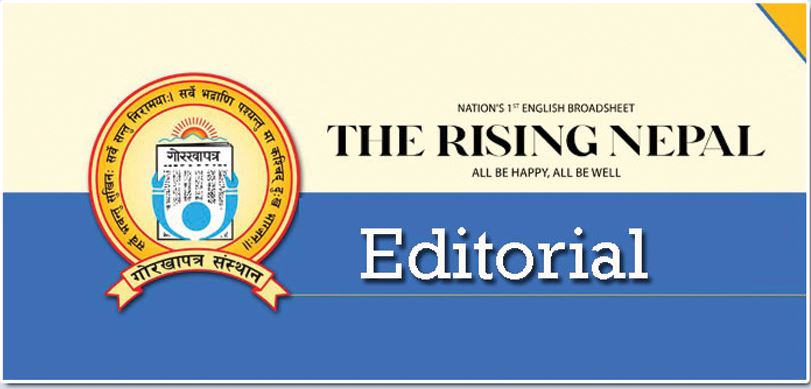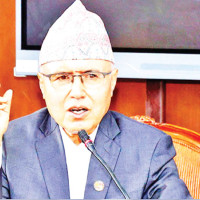- Thursday, 20 November 2025
Cold Action Plan
It feels like winter is almost upon us. Temperatures are gradually falling, and people have started wearing thick clothes to keep ailments associated with the cold at bay. Soon, we will experience the onset of the harsh winter characterised by snowfall and cold waves. The children, the sick, the elderly and physically frail people find the winter unbearable, for they lack much-needed immunity to fight the freezing climate. The common cold-related health complications include hypothermia, frostbite, heart attack, strokes and respiratory problems. The people who catch hypothermia, have low body temperature as they lose heat abnormally and suffer from shivering, slow pulse, lethargy and indistinct speech. Similarly, frostbite causes injury to the skin and tissues.
However, big health hazards that colds cause are cardiovascular problems that occur owing to blood vessel narrowing and clotting. People with asthma and lung-related problems have a hard time during the whole winter. Their medical conditions worsen upon breathing cold air. Many people also develop a common cold that not only painfully pester them but can also exacerbate other respiratory ailments. In mountainous regions, cold and snowfall throw the lives of people out of gear. In the Tarai, the cold wave hits the residents hard, with some fatalities every winter. The impoverished populace is the one who struggles to survive the winter as they lack the basic amenities of life. Every year, we hear the news of the death toll from the cold wave in the southern plains.
Bearing in mind the possible health hazards of the cold season, the government has devised two separate action plans that seek to mitigate the negative impacts of heavy snowfall in the Himalayan and high-hilly regions, and severe cold waves in the Tarai. The National Disaster Risk Reduction and Management Authority (NDRRMA) under the Ministry of Home Affairs has, for the first time, prepared the national action plans by consulting with all relevant stakeholders. The action plans bear special strategic measures, which will come into effect after an executive committee chaired by the Home Minister endorses them. According to a news report of this daily, the action plans identify 29 districts across the Himalayan and high-hilly belts as being at high risk of heavy snowfall. Himalayan and high-hill districts witness heavy snowfall from late November to mid-March. Similarly, altogether 21 districts from the southern belt have been identified as areas that will be severely affected by the cold wave.
Under the action plans, state agencies pre-position essential relief materials so that they are swiftly dispatched to the affected populace in times of crisis. The provinces, districts and local authorities require framing and implementing the context-specific response plans. They should also update data about at-risk areas and vulnerable populations by December 16 for the proper prioritisation of beneficiaries. By mid-December, preparedness and early-action measures will be implemented by aligning with forecasts. For this, the ministry should strengthen the early-warning system to provide accurate and timely information to the people residing in the at-risk districts. The government’s initiative to protect the people from potential natural events is praiseworthy. Nonetheless, there are many challenges to implementing the plans as the country is facing a new political climate. It can effectively translate strategies into action if it coordinates the relevant state agencies and involves all stakeholders.














